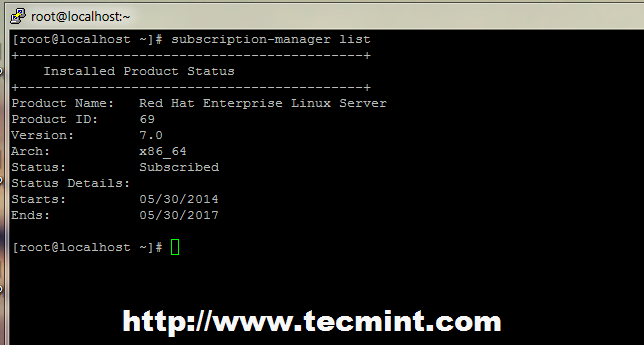


To install a package or package on CentOS/RHEL/Oracle Linux systems, use the below yum command. # yum repolist -vģ) How to Install a Package or Packages on CentOS/RHEL/Oracle Linux Systems Using the yum Command It displays repo-id, repo-name and so on. To see detailed information about each of the repositories, add the -v switch with the yum command. Run the following command to list all repositories (enabled and disabled) on the system. Run the following command to list the disabled repositories on the system. !updates/7/x86_64 CentOS-7 - Updates 1,117Īlternatively, you can run the following command to list the enabled repositories on the system. !remi-safe Safe Remi's RPM repository for Enterprise Linux 7 - x86_64 3,673 !epel/x86_64 Extra Packages for Enterprise Linux 7 - x86_64 13,520 !centos-sclo-sclo/x86_64 CentOS-7 - SCLo sclo 872 Loading mirror speeds from cached hostfile Install yum-cron? Or run: yum makecache fast If you want to keep your system up-to-date, you can enable automatic updates via yum-cron.Īlso, it allows you to exclude a package or packages from the yum update if you need to.Įach Linux distribution has their own package manager, check the following link to check them all out. Yum allows you to install, update, search and remove packages from your system. It installs RPM software packages from distribution official repositories and other third-party repositories. Yum is a front-end tool for rpm that automatically solves dependencies for packages. Yum is a free and open-source command-line package-management application for Linux operating systems that uses the RPM Package Manager. Yum (Yellowdog Updater Modified) is one of the package manager, which is used in RPM based systems such as RHL, CentOS and Oracle Linux.īut starting from RHEL 8/CentOS 8/OL 8 it uses DNF on the back of yum. Linux package managers make the life of the administrator much easier by taking care of dependency resolution.


 0 kommentar(er)
0 kommentar(er)
